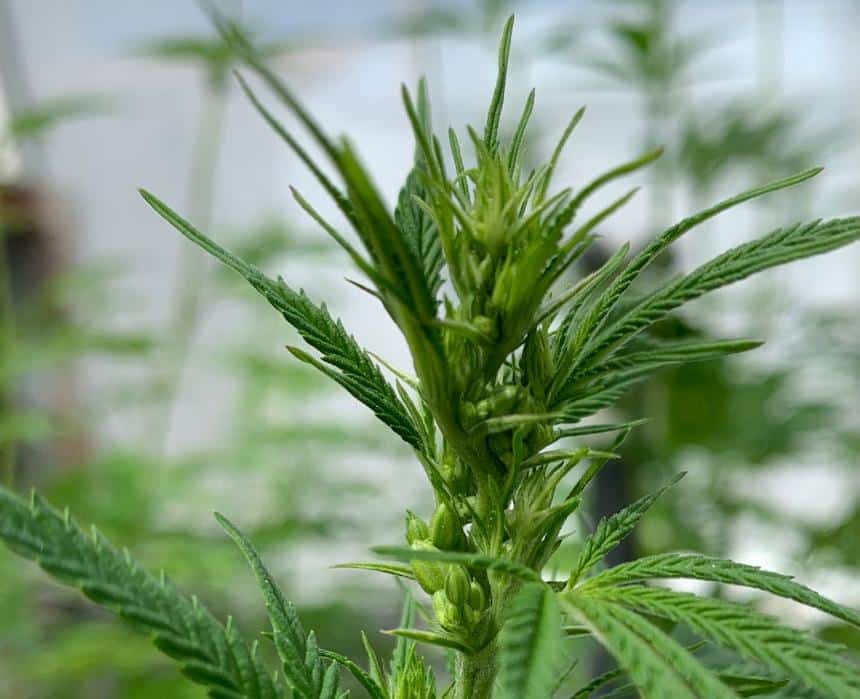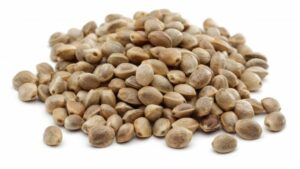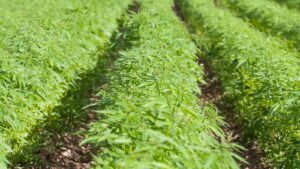Part III: Hemp Breeding
For farmers to reap the full benefits and maximize market opportunities, the right germplasm needs to be created.
“The need for certified seed is very strong,” says Andrea Schiavi, CEO of Schiavi Seeds. “It’s going to take time for seed companies to produce stable varieties that will satisfy the demand in the coming years. As for Schiavi Seeds, we should be able to pass 2 million pounds of certified seeds produced by 2020, and that is not enough.”
In June 2014, the Association of Official Seed Certifying Agencies (AOSCA) adopted seed certification standards for hemp. The new standards are modeled after Canada where they have been growing hemp since 1998.
“Canada is a member of AOSCA, so it made perfect sense for us to adapt their standards,” says AOSCA CEO Chet Boruff. “We made slight modifications to their standards so they would work across the United States as well.”
AOSCA certification standards assure varietal purity is maintained from one generation to the next. AOSCA standards apply to hemp seed regardless of how the resulting crop is to be used. This is similar to corn or soybean seed where certification standards apply to seed production whether the crop will be used for animal feed, human food or ethanol.
There are hemp varieties for dual-purpose use, but as time moves on, there will be hemp varieties developed for specific end uses, for example, some for fiber and some for CBD. There will be different uses, but they will all be a variety of hemp, Boruff says.
In the last few years, hemp seed has been coming into the United States from Canada and a few European countries including Italy, Poland and Serbia. In those countries where hemp has been legal for a number of years, there are varieties on the Organisation for Economic Cooperation and Development approved cultivar list which makes them eligible for certification in the United States. The European varieties have been determined to be distinct and stable and are being imported into the United States for multiplication here.
Plant breeders are working overtime to develop seed for U.S. growers.
“The supply is starting to pick up to meet demand. In the meantime, there are businesses trying to sell what I would call strains that are not necessarily varieties,” Boruff says. “Some sellers are making all sorts of claims about the characteristics of the strain, but they cannot back up those claims because there is no credible history as to how it was developed.
“There is no pedigree information. It concerns me that farmers rushing in to produce for the CBD market are willing to spend a tremendous amount of money on seed based on nothing more than what somebody has told them,” he says. “‘Trust me about what I am selling you,’ is not a valid marketing claim.”













